
Atlas of Meteorites - series of coins
Atlas of Meteorites
Investing in coins is a popular form of investing savings. Among thousands of different bouillon coins, a few have gained the greatest recognition. These are coins such as Canadian Maple Leaf, Chinese Panda or German Germany.
The "Meteor Atlas" series brings together the most popular "bouillons", but in an unusual form - each of them is decorated with a real meteorite, which has fallen to Earth in the country from which the coin originates! The names of the coins refer to the names of the meteorites, which in turn refer to the names of the towns (or regions) in the vicinity of which they were found. In addition, the coin is enriched with UV print and red gold plating. The mintage of each coin is only 500 pieces worldwide. We planned to issue 10 coins of this series. Let us get to know the history of the existing coins.
10 Yuan Fukang Meteorite China Panda
The first coin of the series is the Chinese Panda issued in 2016. It contains the meteorite Fukang, which was found in China, near the city of Fukang in 2000. This meteorite belongs to the group of pallasites, is made of crystals of olivine and iron. According to estimates, it can be about 4.5 billion years old.
The meteorite mass obtained after its fall weighed over 1000 kg! Thanks to this, it is one of the greatest discoveries of the XXI century. It is a very rare type of meteorite, built of large, shiny olivine crystals suspended in a nickel-iron alloy. It looks like a beautiful honeycomb.
The coin weighs 30 g and has a diameter of 40 mm. It was struck in fine silver.
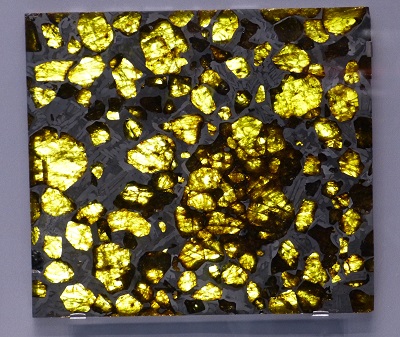
10 Yuan Nantan Meteorite China Panda
The second coin also depicts the image of a Panda. This time, however, it is accompanied by the Nantan meteorite.
The fall of the meteorite dates back to 1516, when a very intense Meteor shower was observed. In 1958, when China needed a lot of steel, all inhabitants were told to look for iron ore. Some Nantan farmers found heavy stones containing iron. Unfortunately, this "iron ore" did not want to melt in the local forge, which surprised the farmers. They informed the authorities and scientists, and they said they were iron meteorites.
The Nantan coin was struck from 1 ounce of 999 silver and its diameter was 40.1 mm.
1$ Admire Meteorite USA Liberty
The third installment of the series was awarded to the most popular coin from the USA - Liberty. Lady Liberty, or Lady Liberty, is a personification of the United States. The USA strongly emphasizes its independent position and civil freedom, among others through the Statue of Liberty on Liberty Island on the Hudson River.
In the early 1880s, near the town of Admire, Kansas, farmers came across heavy black stones. Eliza Kimberly pointed out the similarity of black stones to the meteorite she saw in the museum when she was a child. Despite the mockery of her neighbors and her husband's cutbacks, she collected all the stones she encountered, weighing almost 900 kg in total. She tried to make scientists interested in them, but without any results. Finally, when the interest in meteorites increased after the fall of the Farmington meteorite in 1890, scientists from the University of Kansas became interested in stones and confirmed that they were meteorites from a group of pallasites. For many years, meteorites were found hidden from the world in this area.
The coin was also struck from 1 ounce of 999 silver and its diameter was 40.6 mm.
5$ Abee Meteorite Canada Maple Leaf
In 2018, the fourth coin from the series was published, this time presenting the popular Canadian Maple Leaf.
On 10 June 1952 at 11:05 a.m. a stone meteorite type EH 4 fell near the Canadian town of Abee. This type means enstatite chondrites, i.e. the rarest group of stone meteorites. Abee meteorite is the largest meteorite of its kind found on Earth. The impact resulted in a 0.6 x 0.9 m deep, 1.8 m deep crater. 107 kg of meteorite matter was found.
This coin was also struck from 1 ounce of 999 silver and its diameter is 38 mm.
5 Marek Moldavite Meteorite Germania
The latest coin of this year's series is Germania, the most popular German coin. Germania is the personification of this nation.
Moldova is a kind of transparent block in the colour of bottle green. It is believed that it was created as a result of a meteorite strike, the remains of which are the Ries crater in southern Germany. The impact force was so great that pieces of Moldovan are now found mainly in southern Bohemia and southern Moravia. Apart from the main area of occurrence, they were also found in Saxony, Austria, Switzerland and in 2013 even in Poland (Lower Silesia).

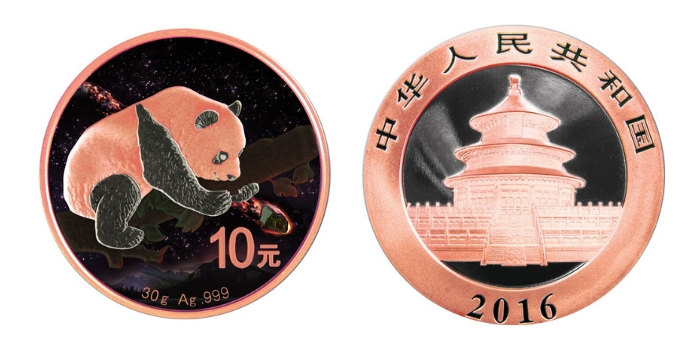
.jpg)
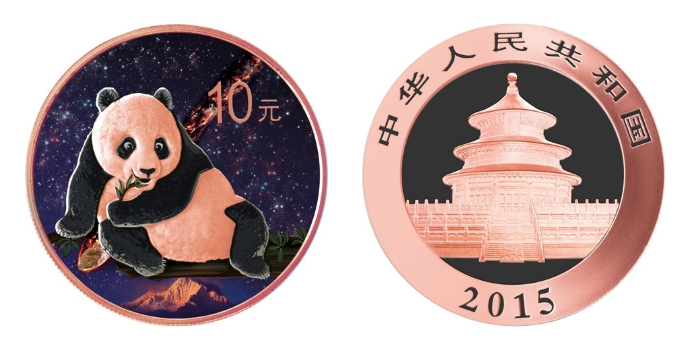
.jpg)

.jpg)
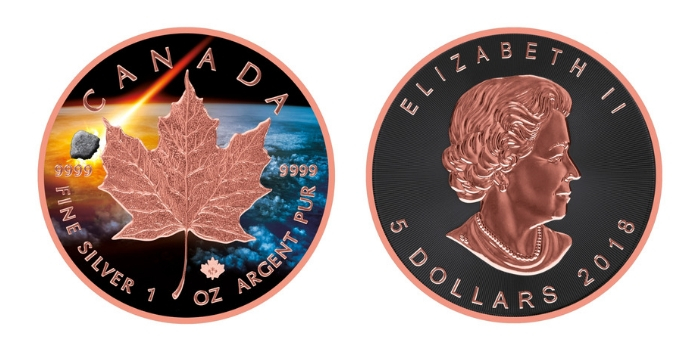
.jpg)
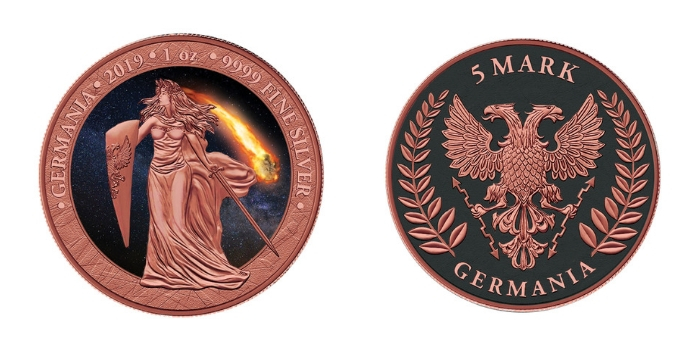
.jpg)
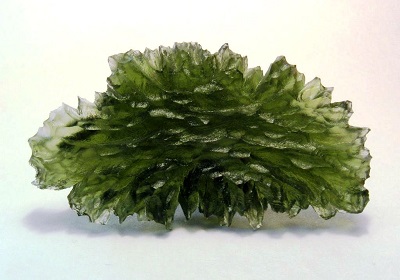
All comments